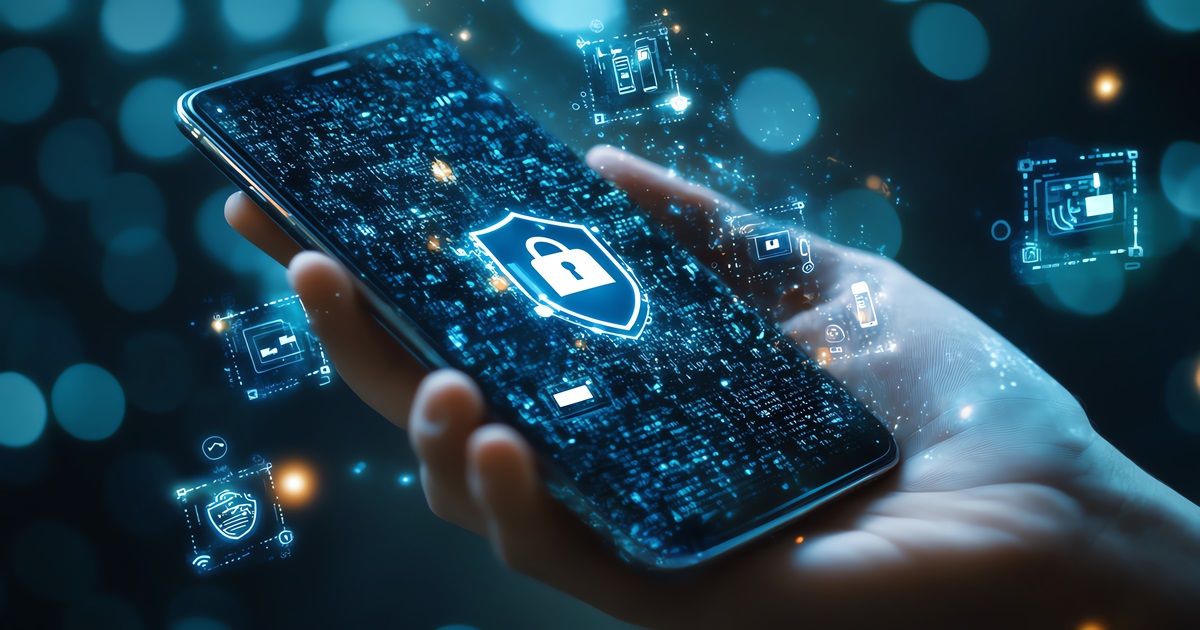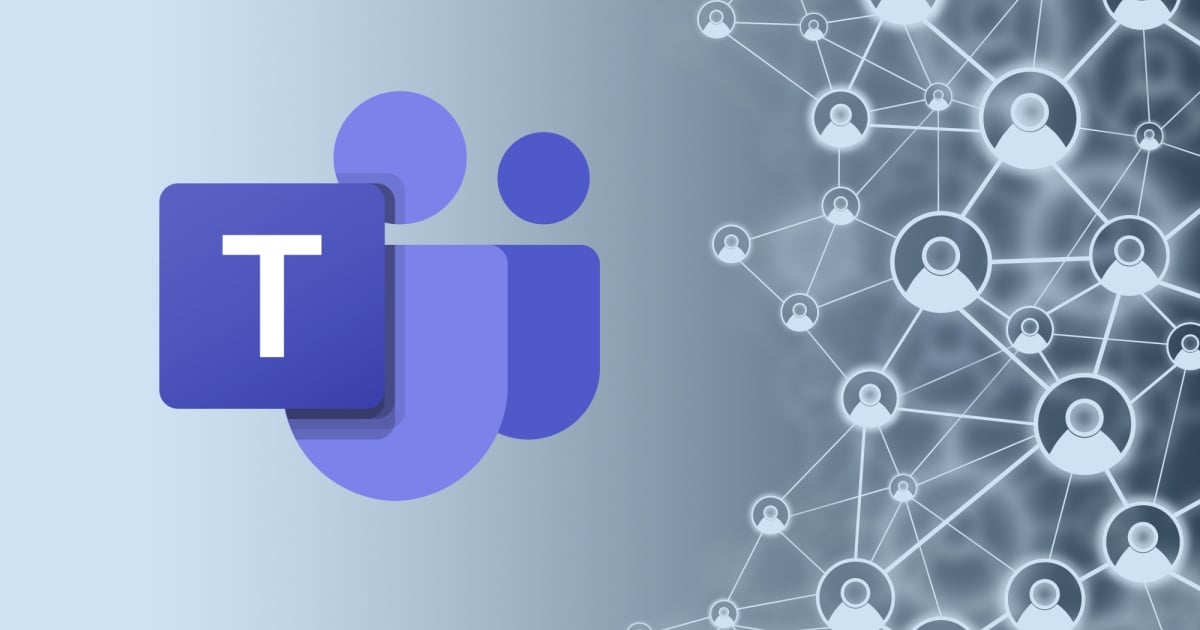
The mobile environment, as useful and beneficial it is for consumers, can prove treacherous for businesses. Advanced malware is no longer the exclusive domain of elite hackers; it's readily available on the black market, which democratizes further digital destruction. Meanwhile, nation-state actors hone their mobile malware by turning smartphones into sophisticated espionage tools. And let's not forget the potent weapon of social engineering, meticulously crafted to exploit our mobile-centric lives.
In fact, cybersecurity firm Lookout sounded the alarm in their latest report by revealing a surge in mobile threats. Bad actors are ramping up their game, with a 17% jump in attempts to steal employee logins and a 32% spike in malicious apps.
Within those findings, Lookout found that iOS is more popular for enterprises than Android, therefore Lookout observed iOS targeted by threat actors more often (18.4%) in phishing attacks than Android (11.4%) in Q3 2024.
The report shows that a.) sophisticated malware is now readily available, b.) nation-state hackers are sharpening their mobile attack tools, and c.) social engineering tactics are weaponized against unsuspecting employees. This isn't just a nuisance anymore – mobile security is now a critical first line of defense for any serious organization.
The modern kill chain, that insidious pathway through which attackers breach corporate defenses, now pivots heavily around mobile devices. They're the entry point, the Trojan horse that leads to the theft of sensitive data and the infiltration of the enterprise cloud. Executives, once considered largely immune, are now prime targets. Impersonation attacks, crafted with chilling realism, manipulate trust and exploit vulnerabilities to gain access to critical systems.
These attacks are a testament to the evolving nature of cyber warfare, where the personal becomes the professional, and the mobile device transforms from a tool of convenience into a weapon of compromise.
That is why it is important that organizations recognize this evolving threat landscape and adapt accordingly. Traditional security measures, designed for a desktop-centric world, are woefully inadequate.
A comprehensive Mobile Threat Detection, or MTD, strategy is essential. It must encompass complete endpoint security and advanced threat intelligence, real-time threat detection and proactive response capabilities. This includes educating employees about the dangers of mobile threats, implementing strong authentication measures and regularly updating and patching mobile devices and applications.
Lookout recently added new features to its MTD solution, Lookout Mobile Endpoint Security, including protection against executive impersonation texts and smishing attacks. However, hackers don’t stop at impersonation attempts to infiltrate corporate networks, so security teams must leverage all the threat intelligence they can get to effectively defend against sophisticated cyberattacks and stay ahead of evolving threats.
“As cyber threats evolve, we’re seeing more and more attacks targeting mobile devices as the gateway to corporate cloud apps that house sensitive data. This trend underscores the urgent need for advanced MTD solutions that not only protect devices but also safeguard the sensitive data and systems they connect to,” said David Richardson, Vice President of Endpoint, Lookout. “Incorporating advanced MTD as part of a comprehensive defense strategy is critical to ensuring organizations can operate securely in a digital-first world.”
The long-story-short of this? An MTD strategy is not just a technological imperative; it's a strategic necessity for ensuring business continuity and safeguarding the organization's most valuable assets: its data and its reputation.
Edited by
Alex Passett






